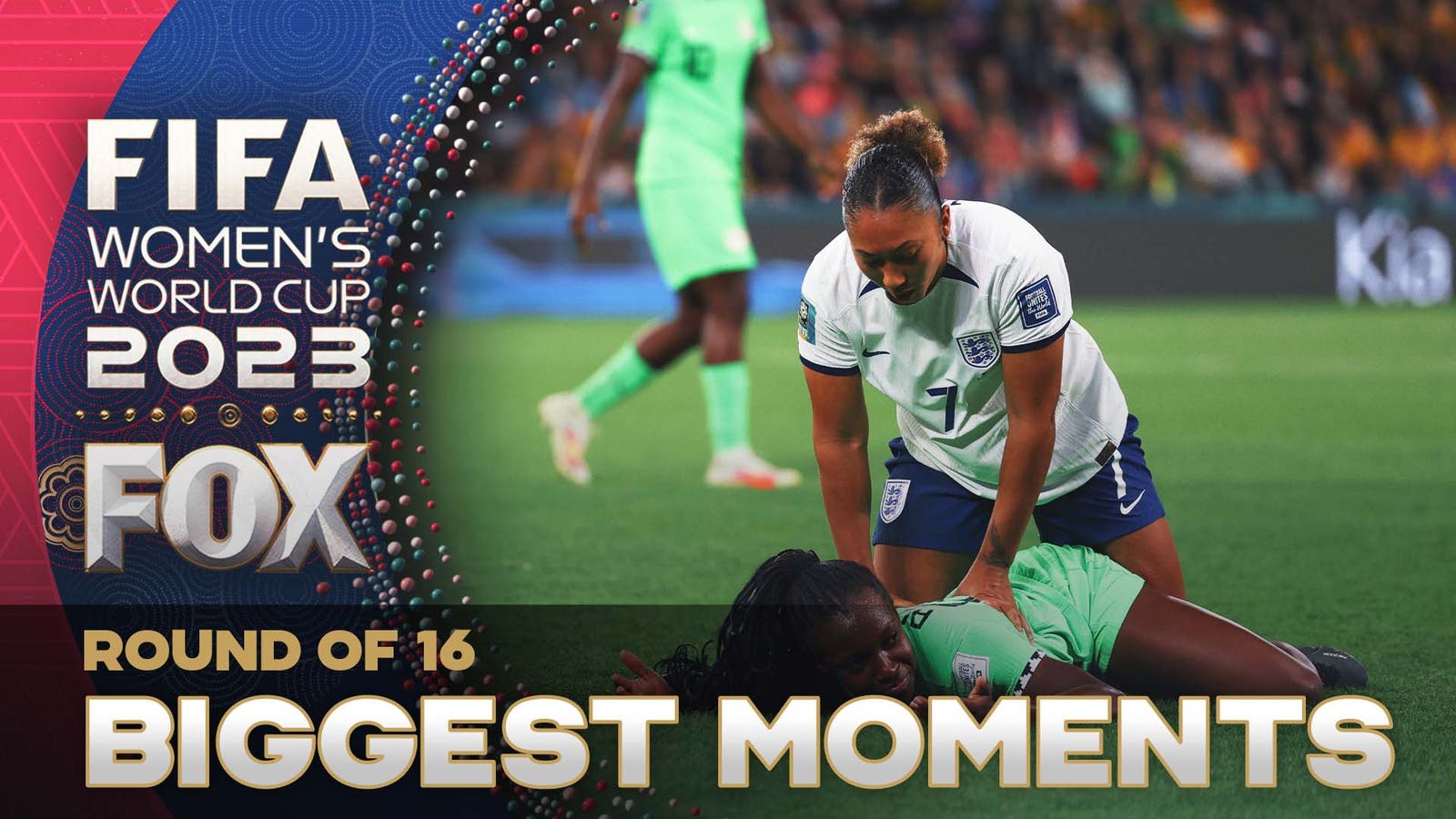
The World Cup is the most popular tournament in women’s soccer, but it is also a showcase, an unrivaled opportunity for some of the brightest stars in the game to be seen, heard and for the full weight of their ability to translate before a global audience.
France‘s Kadidiatou Diani and Colombia‘s Linda Caicedo are getting attention because they’re playing lights-out soccer, Australian hero Sam Kerr is making waves because there’s some mystery about when her brilliance will be fully unleashed.
Lauren James of England is in the headlines for the wrong reasons, while others big-time icons like Alex Morgan and Alexandra Popp will feel that a golden chance to flex their quality has come and gone.
Yet what this tournament is also showcasing is how women’s soccer isn’t just deeper these days, like everyone has spent the past several weeks talking about, but is also – in a geographic sense – wider.
The round of 16 featured teams from Europe (8), Asia (2), South America (1), the CONCACAF region which includes the United States (2), and, in a historic high, three from Africa.
[Women’s World Cup power rankings: Where does each quarterfinals team land?]
This kind of spread is not always present, is overwhelmingly good for the overall health of the game, and also creates a fascinating conundrum when looking at where the next World Cup should be staged.
The tournament finds itself in a rare spot in that here we are in August 2023 and the 2027 host has still not been announced. There are four years to go, and no decision in the immediate future, not until a meeting of the FIFA Congress in May of next year.
By comparison, when the 2015 and 2019 tournaments were played, the next host was already ratified and advertised, and preparations were underway. When Qatar was awarded the 2022 men’s World Cup, the decision was made a full 12 years ahead of time.
For 2027, there is a clear frontrunner – the joint bid put forward by the United States and Mexico. That option would be a moneymaker extraordinaire. A big market with big stadiums, big attendances, big ticket prices, big sponsorship deals, big TV ratings, a big history of women’s sports. You get the picture, it would be big. Bee. Eye. Gee.
Lauren James, Sam Kerr and more lead the biggest moments from the Round of 16 | 2023 FIFA Women’s World Cup
Yet it is not as much of a no-brainer as it would appear. Sure, to American observers it would seem to be the neatest of fits, to join the already-locked bonanza of soccer coming to the USA in that time span.
Set in stone for 2024 is the Copa America, then the Club World Cup the next year, then the men’s World Cup in 2026, followed by the Olympic Games in 2028.
[With joint Women’s World Cup bid, U.S. is going all-in on celebrating sports]
However, it is also a priority of FIFA to continue to grow and expand the women’s game and there is an argument to be made that says taking the World Cup to the place where women’s soccer is already highly popular wouldn’t help with those expansive goals as much, although it would make a ton of money.
Options such as a joint bid from Belgium, Germany and the Netherlands are in there, as well as proposals from Brazil and South Africa. All have intrigue. The event has never been held in more than one country before, and FIFA does seem to like that model, given how things have progressed with the men’s World Cup.
South America has never hosted, and has staged just one men’s World Cup since 1978. South Africa has also never hosted the women’s tournament, and has staged just one men’s World Cup, total.
“You can make the case for both sides,” FOX soccer analyst Alexi Lalas told me in a telephone conversation. “It would be the biggest women’s tournament in history if it was in the U.S. and Mexico, just because of the scale of everything and the following women’s soccer has.
“But there are other countries who will be justified in feeling that the efforts they have put in to grow the women’s game are worthy of being recognized. Whatever happens, it will be some kind of new frontier, either in terms of scale or location.”
Even within America, not everyone believes a home World Cup would be the right move, though you surely wouldn’t hear any complaint from players such as Sophia Smith and Trinity Rodman, likely stars of the next generation.
[‘The kids are taking over’: Young stars provide a solid foundation for USWNT]
“The women’s game requires long-term nourishment, not a sugar rush,” wrote the Washington Post’s Steven Goff. “And for women’s soccer to begin flourishing outside traditional corners, FIFA needs to expand its horizons.”
Those horizons are being reflected on the field. In 2019, the Women’s tournament quarterfinals featured the United States – plus seven teams from European confederation UEFA.
At the men’s World Cup in 2018, the round of 16 included 10 UEFA representatives, plus four from South America’s CONMEBOL. The mix this time? It is refreshing.
The stars of the game have converged on Australia and New Zealand right now, but they are shining all over the soccer galaxy.
Martin Rogers is a columnist for FOX Sports and the author of the FOX Sports Insider newsletter. Follow him on Twitter @MRogersFOX and subscribe to the daily newsletter.
FIFA WORLD CUP WOMEN trending

Get more from FIFA Women’s World Cup Follow your favorites to get information about games, news and more









